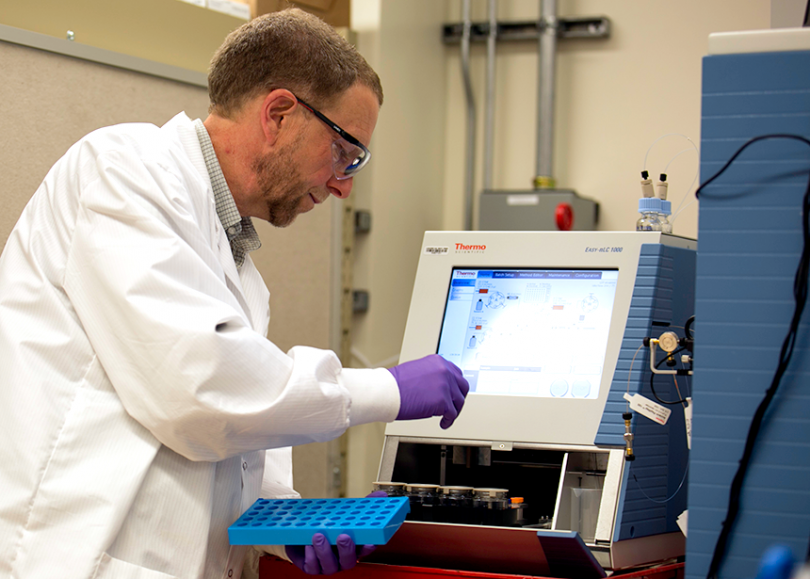Questions for ‘Cool Jobs: New tools to solve crimes’

Deon Anex analyzes human hairs in his laboratory. He’s looking for unique features in the structure of the proteins making up the hair. These features could help identify who the hair came from.
Photo by Julie Russell/LLNL